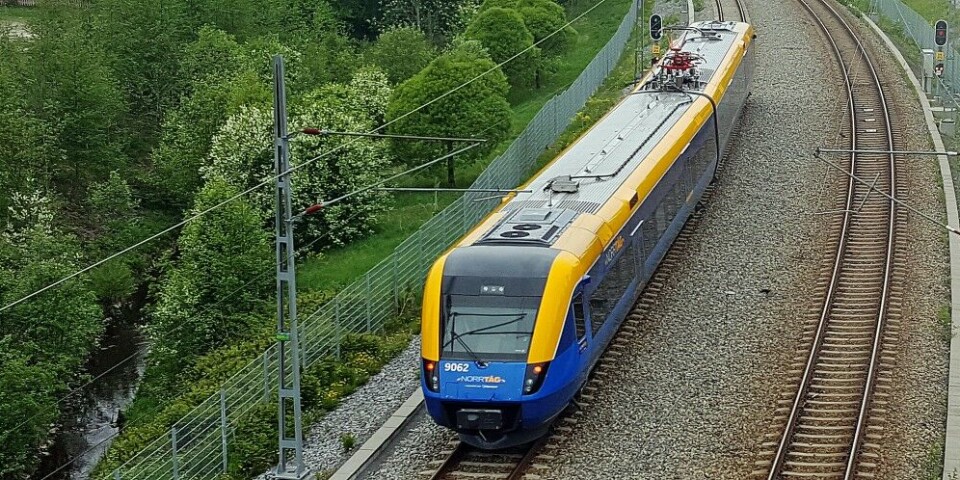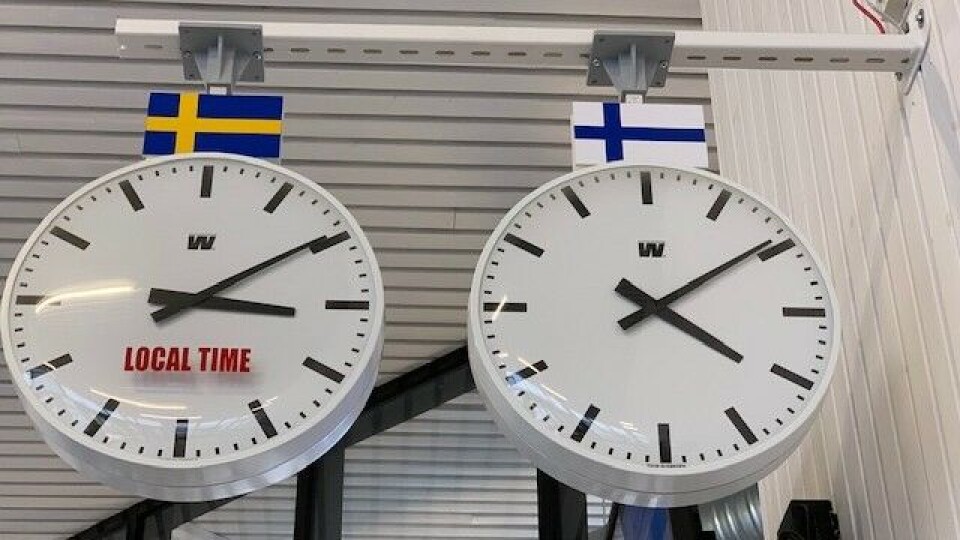
Finland-Sweden train travel moves a step closer
There is something that marks Finland and Sweden out as unusual in Europe: They are neighbouring countries that do not have a working passenger train connection.
But this could change, if the two nations decide to finance works including track electrification and the renewal of a railway bridge across the Tornio river.
One big step in the process will take place on 1 April, when the station in the Swedish border town of Haparanda reopens for passenger trains after a 29-year break. The reopened station will offer connections to long-distance trains to the south.
In Lapland, it is thought that restoring the train link between Finland and Sweden could open up new opportunities for tourism. Before the pandemic struck, the popularity of international train travel was growing, due in part to environmental concerns.
Connecting the region
“We have heard from tour operators in central Europe that there are customers who would be interested in travelling here overland,” says Nina Forsell, executive director of the Finnish Lapland Tourist Board.

The Finnish government decided to electrify a 20 kilometre stretch of track between Laurila, near Kemi, and the Swedish border in June last year. In July 2020 the government received a 1.6m euro grant from the European Union to develop the project.
The city of Tornio has expressed the hope that the area would receive a commuter train link to Oulu, connecting there to long-distance trains in the same way that travellers on the Swedish side will soon be able to do.
“This is a basic requirement for connectivity in the region,” says Sampo Kangastalo, development director for the city of Tornio.
“Secondly, when services are centralised, people have to travel to get to educational institutions, hospitals and other public services, and rail transport is a very ecological way of doing this,” he adds.
This story is posted on the Barents Observer as part of Eye on the Arctic, a collaborative partnership between public and private circumpolar media organizations.















